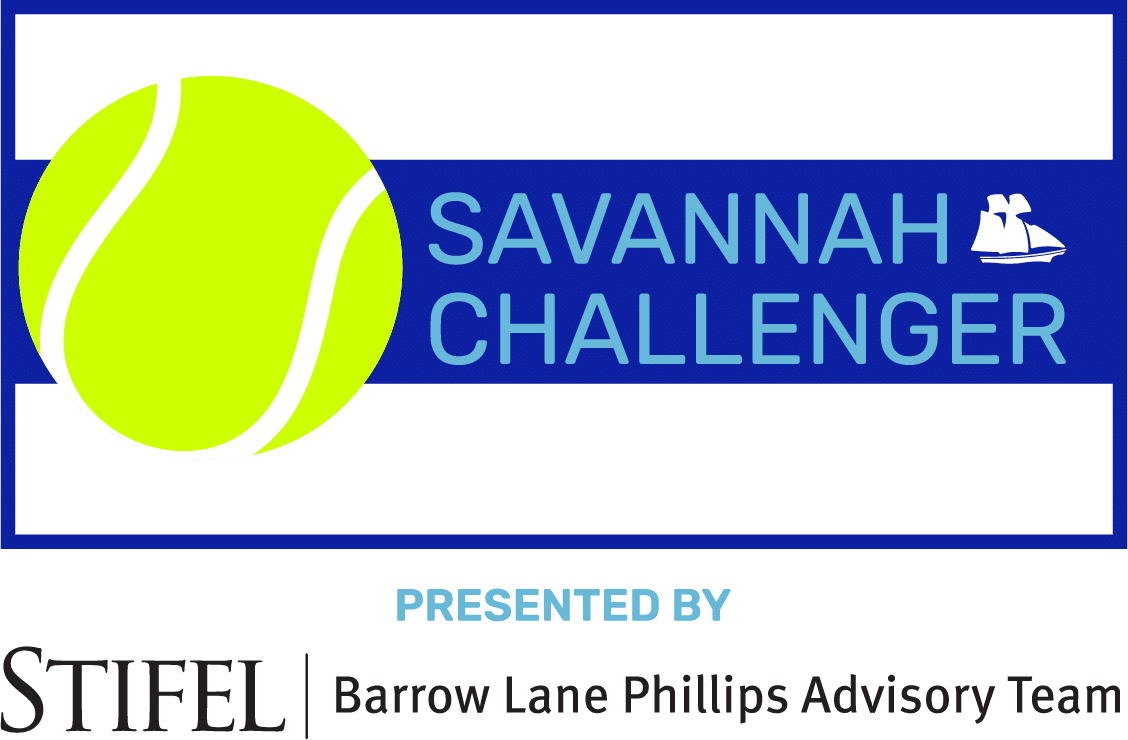(final results)
Savannah, GA – April 30, 2023 – Argentinian Facundo Diaz Acosta has defeated qualifier Tristan Boyer to claim the title of 2023 Savannah Challenger men’s singles champion.
Diaz Acosta came out strong to claim the first set, beating Boyer 6-3. Boyer couldn’t get things going in the second set, leaving Diaz Acosta to clinch his second ATP title with a final score of 6-3, 6-1.
The Savannah Challenger is an ATP Challenger 80 and USTA Pro Circuit event that celebrated its 12th anniversary this year. Professional athletes from around the world competed for prize money, as well as valuable ATP Tour Ranking points.
– ENDS –
For media inquiries and interviews, please contact Allie Robinson at allie@lesleyfrancispr.com or 912-547-3100, or Lesley Francis at lesley@lesleyfrancispr.com or 912-429-3950.
ABOUT THE USTA PRO CIRCUIT:
The USTA Pro Circuit was formed in 1979 to provide players with an opportunity to gain the professional ranking points they need to compete on the major pro tours. Celebrating its 40th anniversary in 2019, it has since grown into the largest developmental tennis circuit in the world, consisting of approximately 100 tournaments and offering nearly $3 million in prize money. The USTA Pro Circuit has been a launching pad for many of today’s top pros, including Andy Murray, Naomi Osaka, Maria Sharapova, John Isner, Sloane Stephens, Alexander Zverev, Kei Nishikori, Victoria Azarenka, Caroline Wozniacki, Garbine Muguruza, Nick Kyrgios and Milos Raonic. Follow the USTA Pro Circuit online at https://bit.ly/2Pv9rLQ.
RESULTS – APRIL 30, 2023
Men’s
Singles –
Final
[2] F. Diaz Acosta (ARG) d [Q] T. Boyer (USA) 63 61
Semifinals
[Q] T. Boyer (USA) d C. Hemery (FRA) 26 64 63







